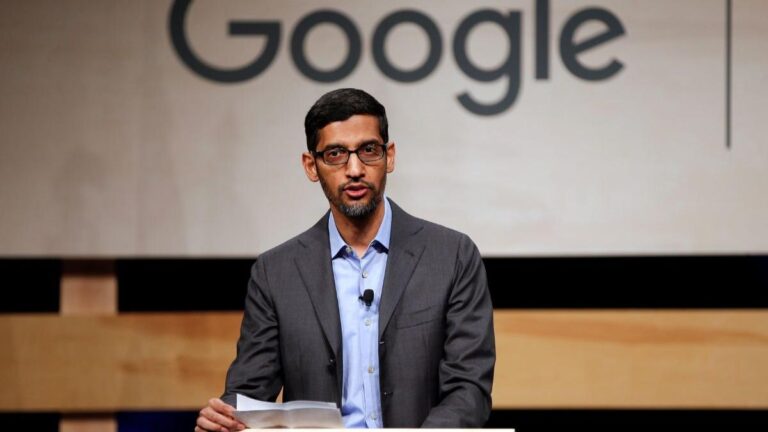
Summary
According to CEO Sam Altman, ChatGPT, OpenAI’s advanced language prediction model, is set to gain video-creation capabilities shortly. While the move signifies exciting advancements in AI, it also raises concerns about the potential for misuse and the spread of deepfakes and misinformation.
OpenAI CEO Sam Altman recently revealed that video-creation capabilities will be added to ChatGPT within the next few years. This new feature is a crucial upgrade for ChatGPT and its models, enabling them to work across various modes such as text, images, audio, and video.
“In an era of AI advancements, the line between real and fabricated content is becoming increasingly blurred.”
ChatGPT’s Video-Creation Feature
ChatGPT’s video-creation feature is expected to work similarly to its image-creation capabilities currently offered through DALL-E. Users can type a few lines as a prompt, and the AI will generate a video based on the provided description. This advancement, while impressive, opens the door to a potential flood of deepfake videos, ranging from harmless creative ventures to harmful misinformation campaigns.
The Rise of Deepfakes
Even without ChatGPT’s video-creation capabilities, deepfake videos are a pressing issue. Recently, AI-generated videos of UK Prime Minister Rishi Sunak were circulating on Facebook, demonstrating the current capabilities of AI in video manipulation. With the addition of video-creation capabilities to a user-friendly tool like ChatGPT, the production of fake video content is expected to become even more accessible, posing a grave challenge in distinguishing fact from fiction.
Deepfakes and Political Misinformation
As the US and UK prepare for upcoming elections, the potential misuse of deepfake technology for political manipulation is a genuine concern. Deepfake videos, purporting to show politicians saying things they never did, can spread false information online rapidly, exacerbating political polarization and misinformation.
Combating AI-Generated Misinformation
As AI-generated content becomes increasingly sophisticated and more complex to identify, relying on well-established and reputable news sources is crucial. Users must exercise caution with content shared on social media platforms, where the authenticity of the information can be challenging to verify.
Share the Article by the Short Url:






